By Eric T. Baker
Hard as it may be to remember today, most of Spain was once in Arab hands. For over 700 years, Spanish Christians tried to end the Arab kingdoms of southern Spain, while the Moors (as the Spanish referred to them) saw the Spaniards as backward and barbaric. They fought to protect both their lives and their civilization. The struggle finally reached its endgame in 1482 when King Ferdinand of Aragon embarked on the final campaign to conquer the fabled city of Granada.
Granada: The Fall of Moslem Spain is a new game from Avalanche Press that portrays this final clash of two civilizations. It is a quick-playing, beautifully produced game where players recreate the 1481-1492 campaign between Ferdinand and Isabella of Aragon and Castille on one side and Muhammed XII and later Muhammed XIII on the other. The game is designed by Robert Markham, known for Soldier Kings and dozens of other games.
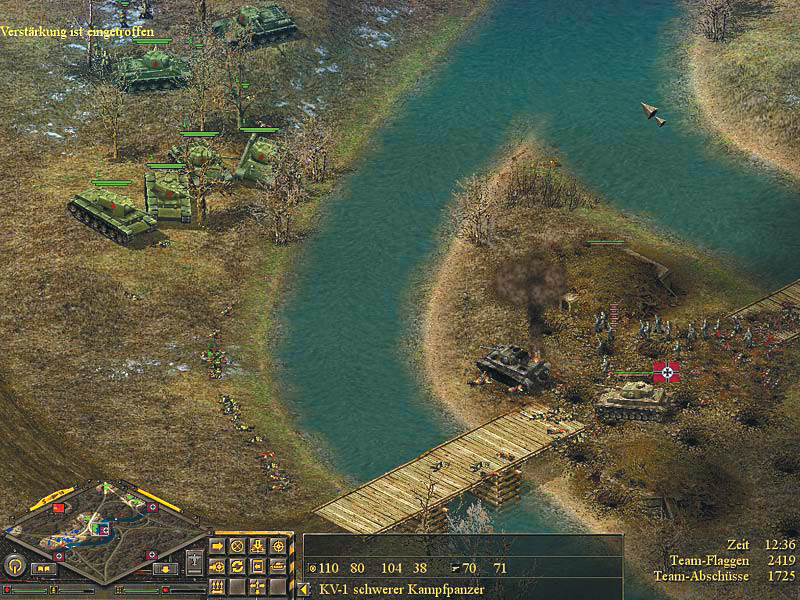
The mounted game board (22×17 inches) shows southern Spain including the Kingdom of Granada and surrounding areas. Markham put a network of key points over this map, with castles, ports, and unfortified areas connected by roads. Troops use the roads to move from point to point. The Spanish player tries to conquer the Moorish kingdom by taking Granada and five other important Moorish sites. The Moors try to stop them or to force peace by taking the key Spanish cities of Cordoba and Lorca.
Each player commands knights, cavalry, infantry, and warships. The Spanish player also has siege cannon. Leaders move the troops about the board and give them pluses in battle. Ferdinand and Muhammed al-Zagal are the best generals in the game.
The extra-thick playing pieces are one-inch square. Their art was done by Terry Moore Strickland. To fight a battle, both players put their units on a combat display and roll dice to determine how many “hits” they get. Four hits will take out most units, although the Moorish Jund armored cavalry and the fanatic Spanish Knights of Santiago and Calatrava are much harder to put to rout. When the Moorish castles are well-manned, they are very hard to capture, but Spanish siege guns level the field a great deal. The battles at sea are over the Spanish player trying to deny the Moor reinforcements from Africa. In the war, and so in the game, many Moorish troops were volunteers from overseas. Some aid can come from the Ottoman Empire if the ports are open for it to arrive.
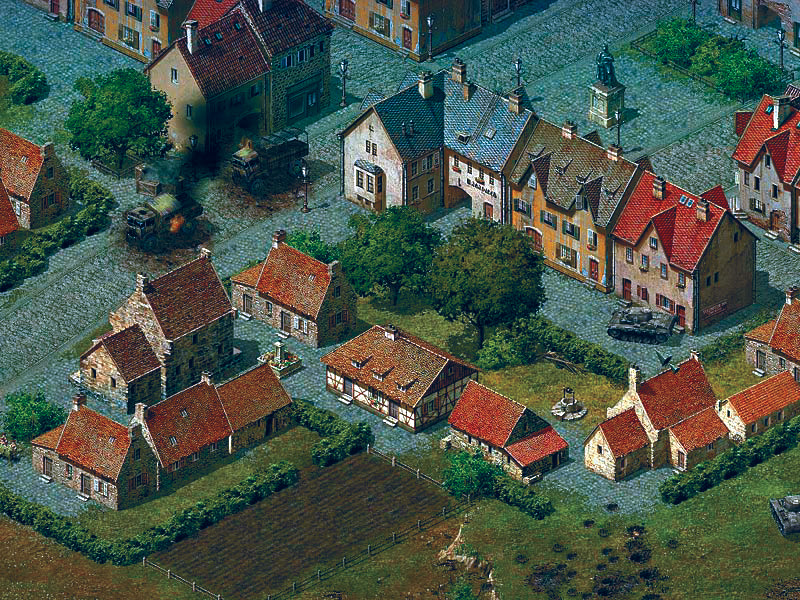
G:TFoMS takes only two hours to play and the rules are just eight pages long. Not bad to recreate one of the turning points of history.
Blitzkrieg, the new computer game from CDV, is about strategy as an art form. It is about cutting the enemy to pieces, halting his advances while making your own. Once the players have their forces in the right positions, they are given a chance to prove their tactical skills as well. Progress through the game earns the player use of the latest warfare technology.
In form, Blitz is a real- time strategy game set during World War II. It models Soviet, German, and western Allied campaigns with more than 80 missions. The game shows 200 3-D vehicles, each with weapon and armor data adapted from the real equipment. There are also more exotic units such as trains and coastal artillery, all of which fight and maneuver on 3-D landscapes of historically accurate battles in Africa, Russia, and Europe. Promotions and special missions give players a chance to improve their armies and the multiplayer option lets the owner play against another human.
Not just about the tanks and planes, Blitz has 40 kinds of infantry with specialized weapons who move realistically over 250 types of buildings and objects, all of which can be destroyed if hit with enough fire power. Enemy equipment can be stolen and put to use. The players can put their men to work building bridges, digging trenches, laying mines, and calling in air support which includes fighters, bombers, and paratroopers. The game has everything the players need to conduct lighting war.
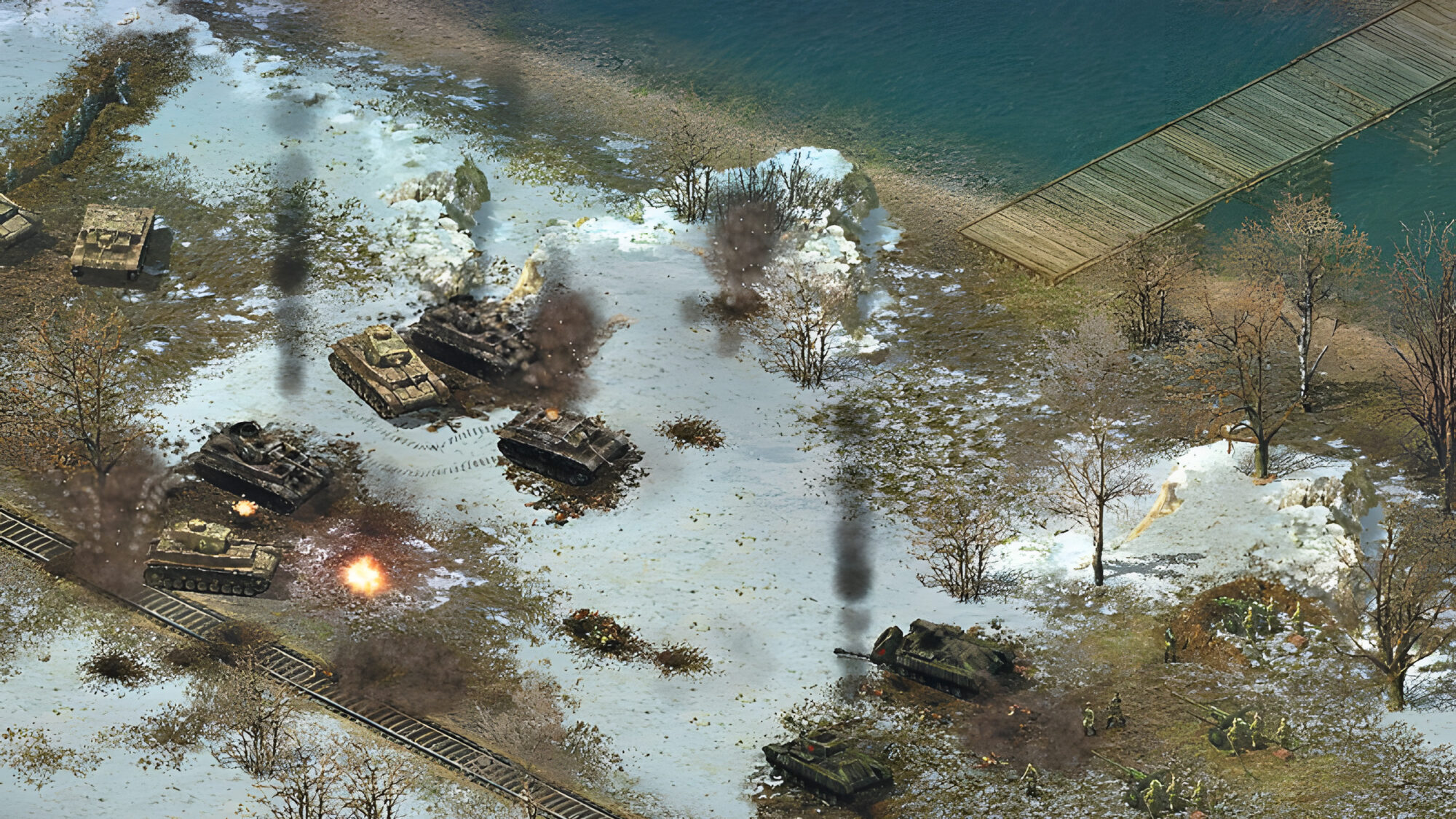
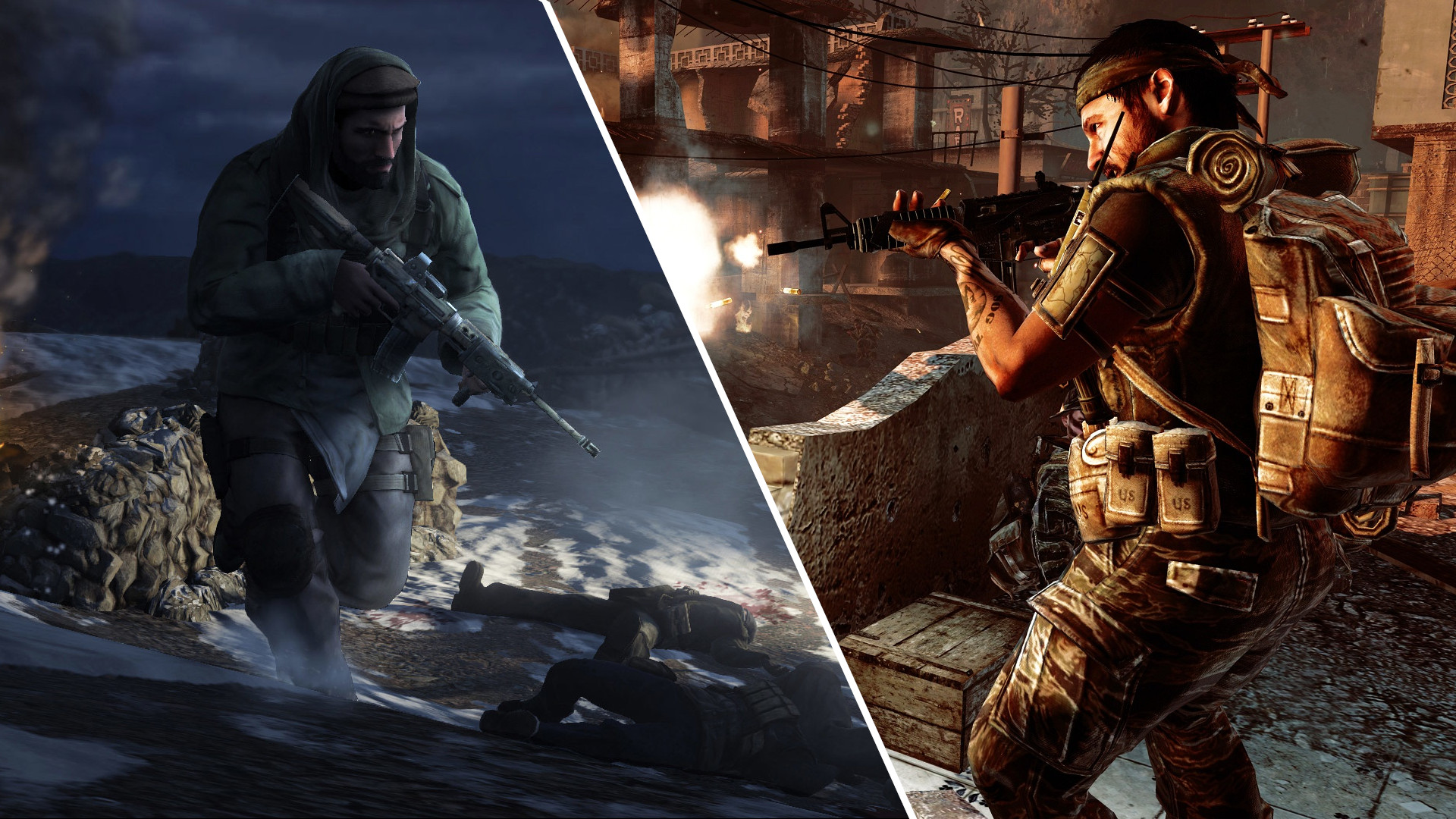
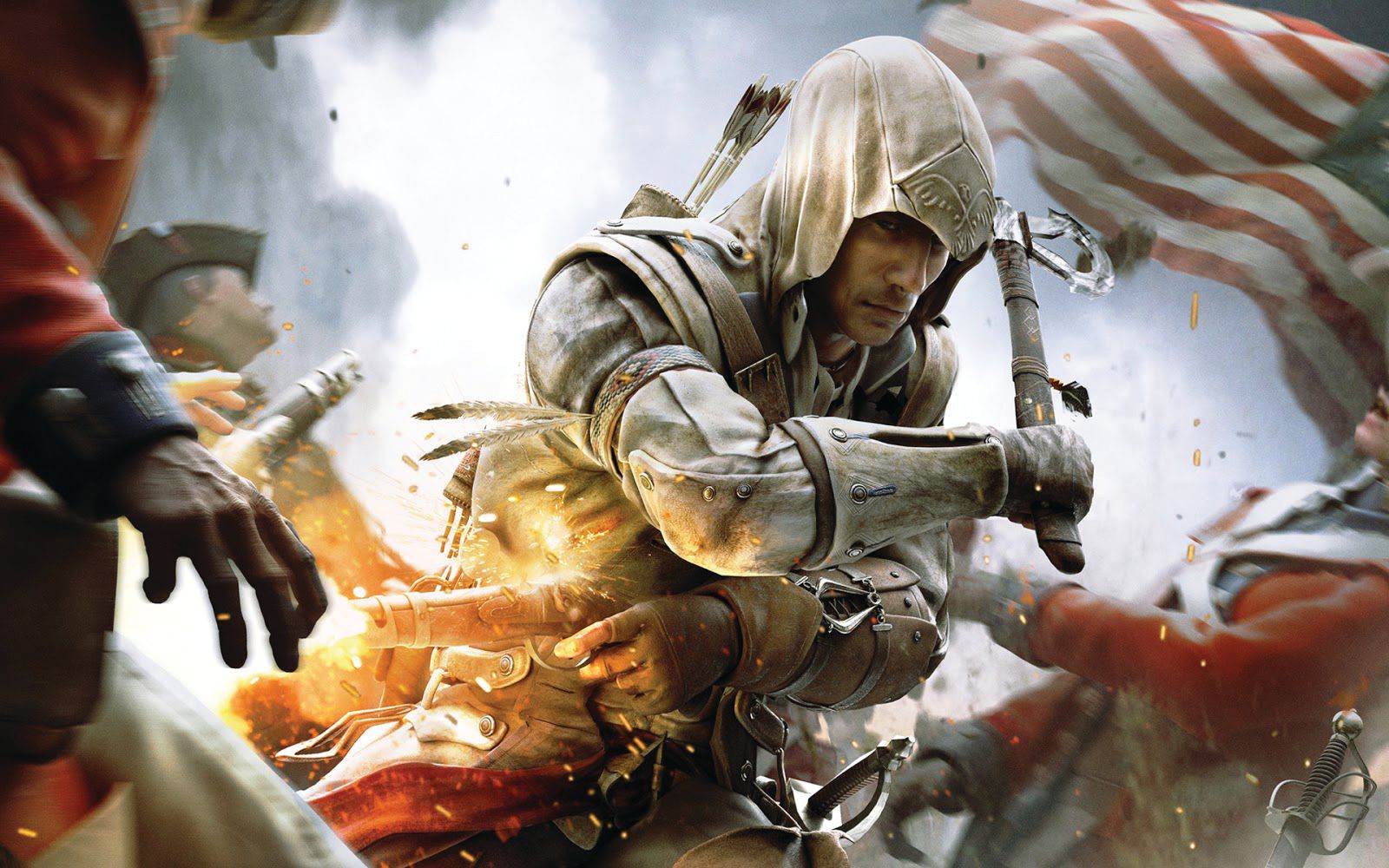
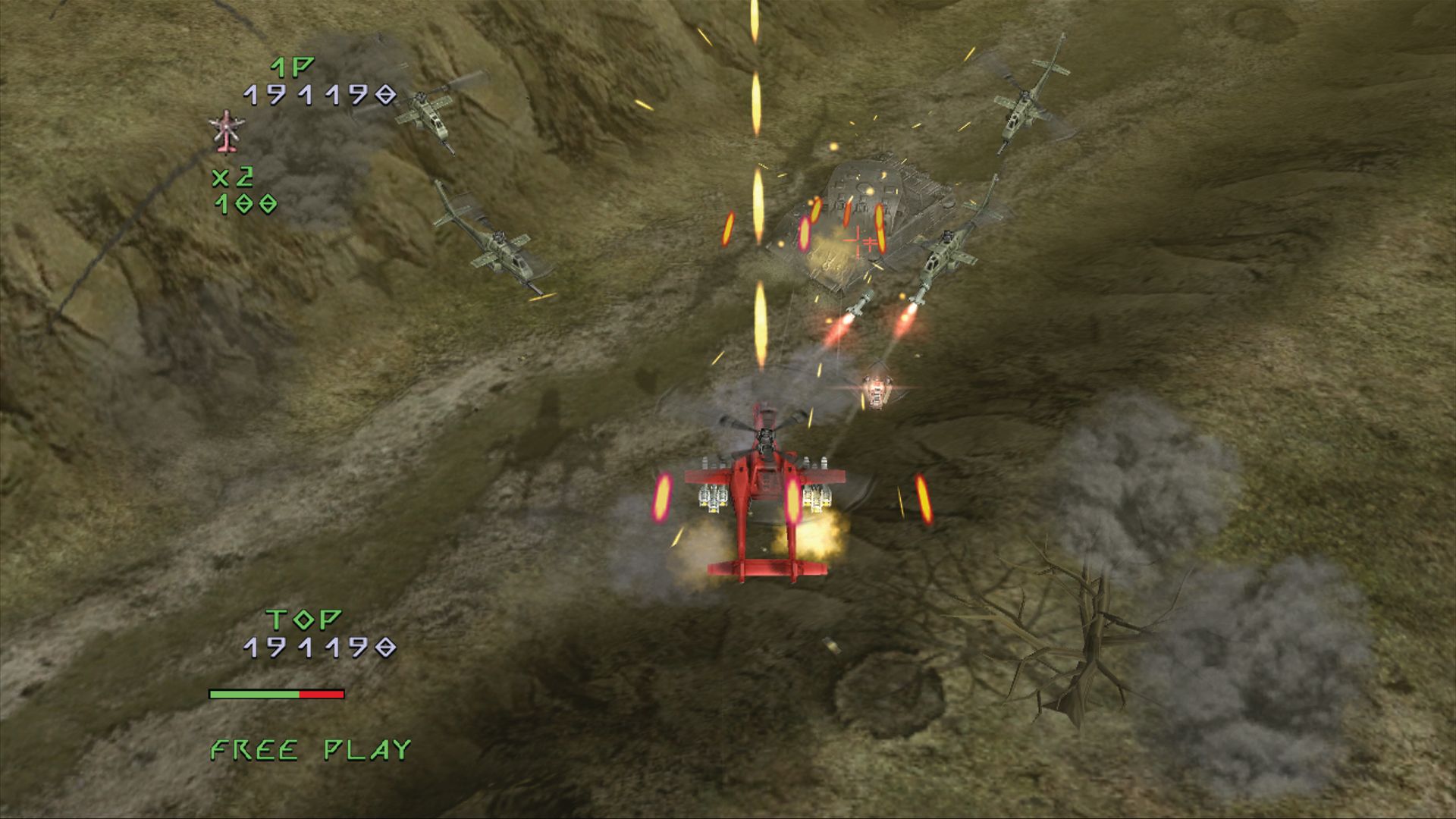
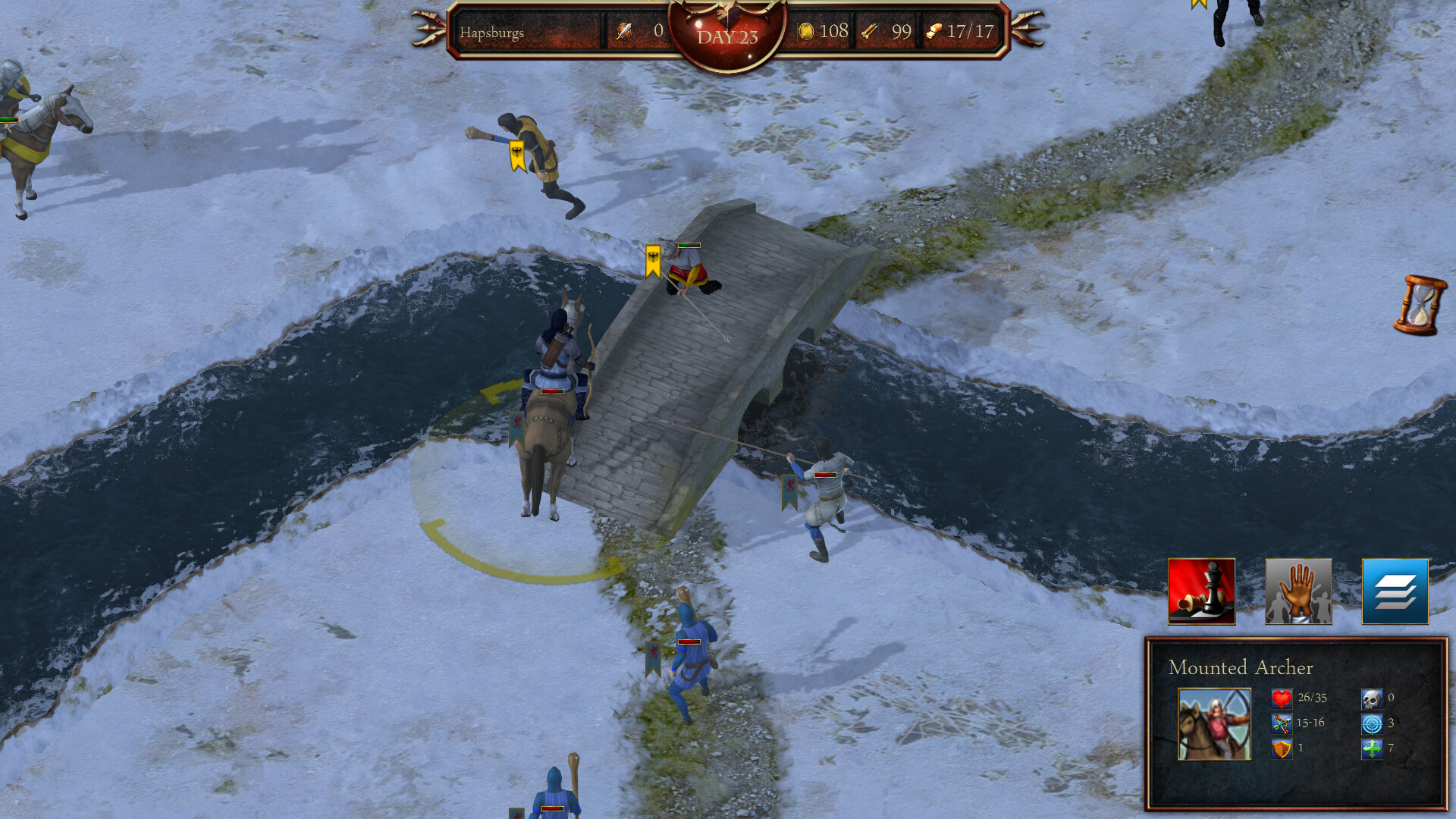
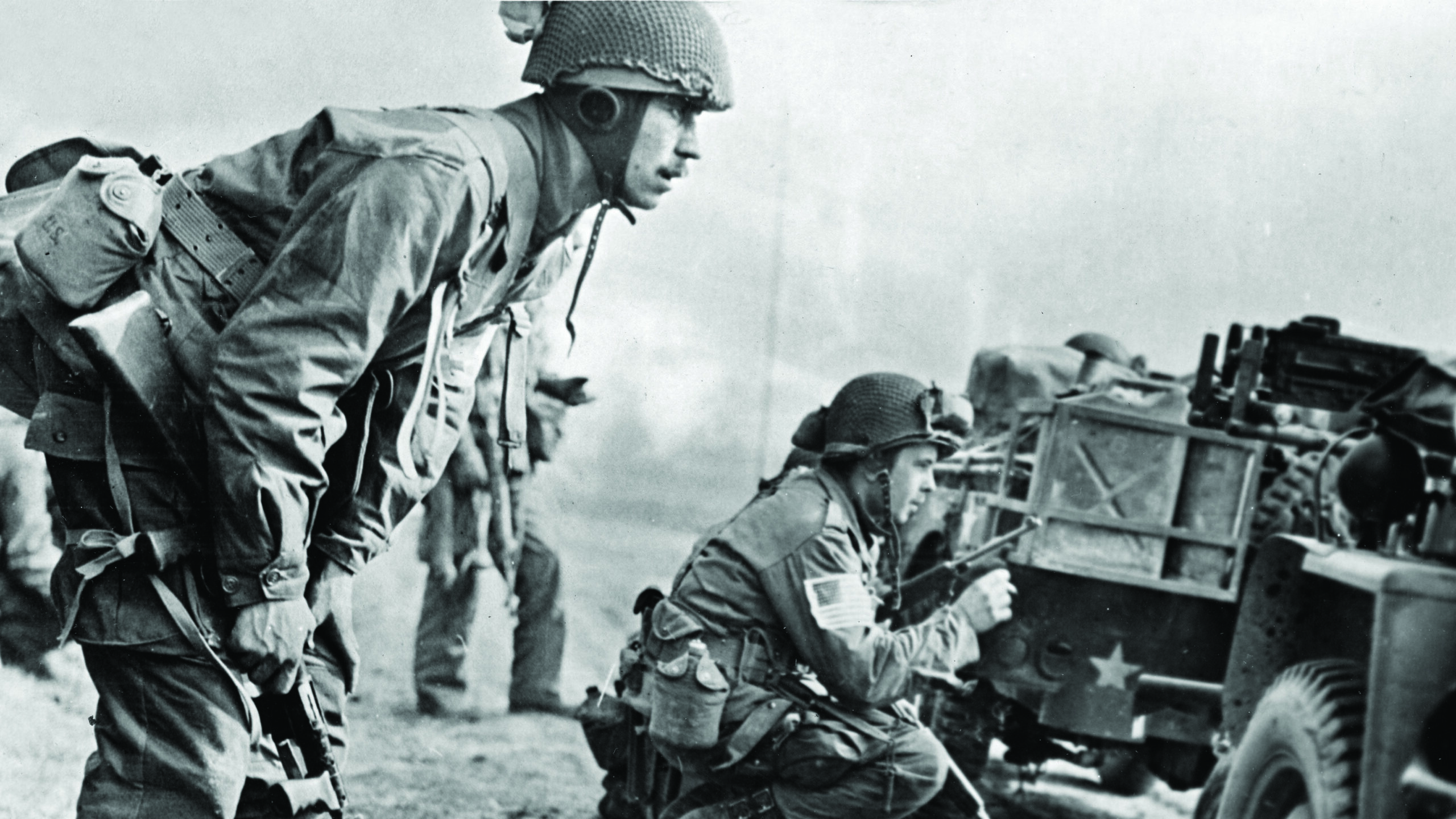
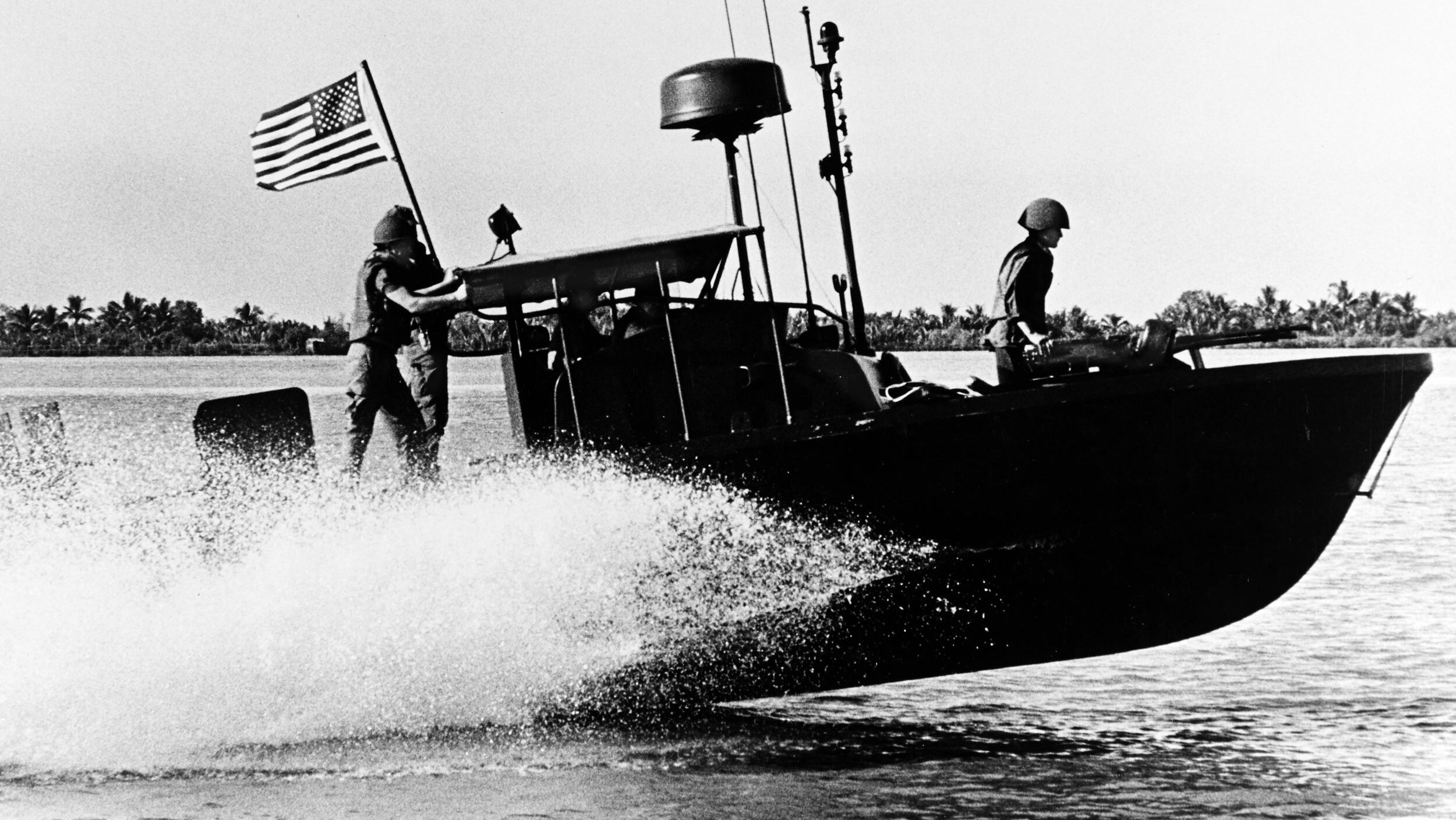
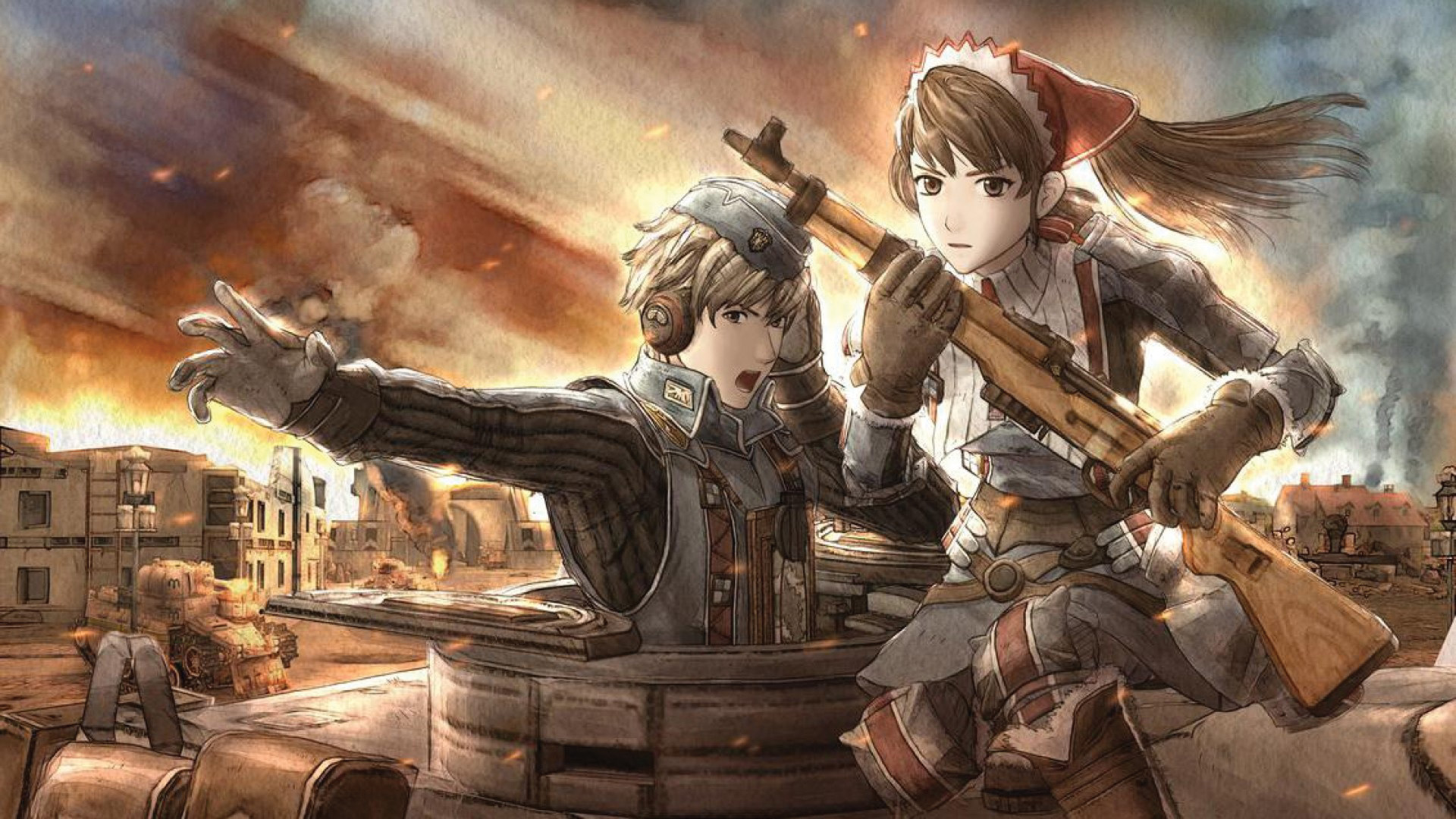
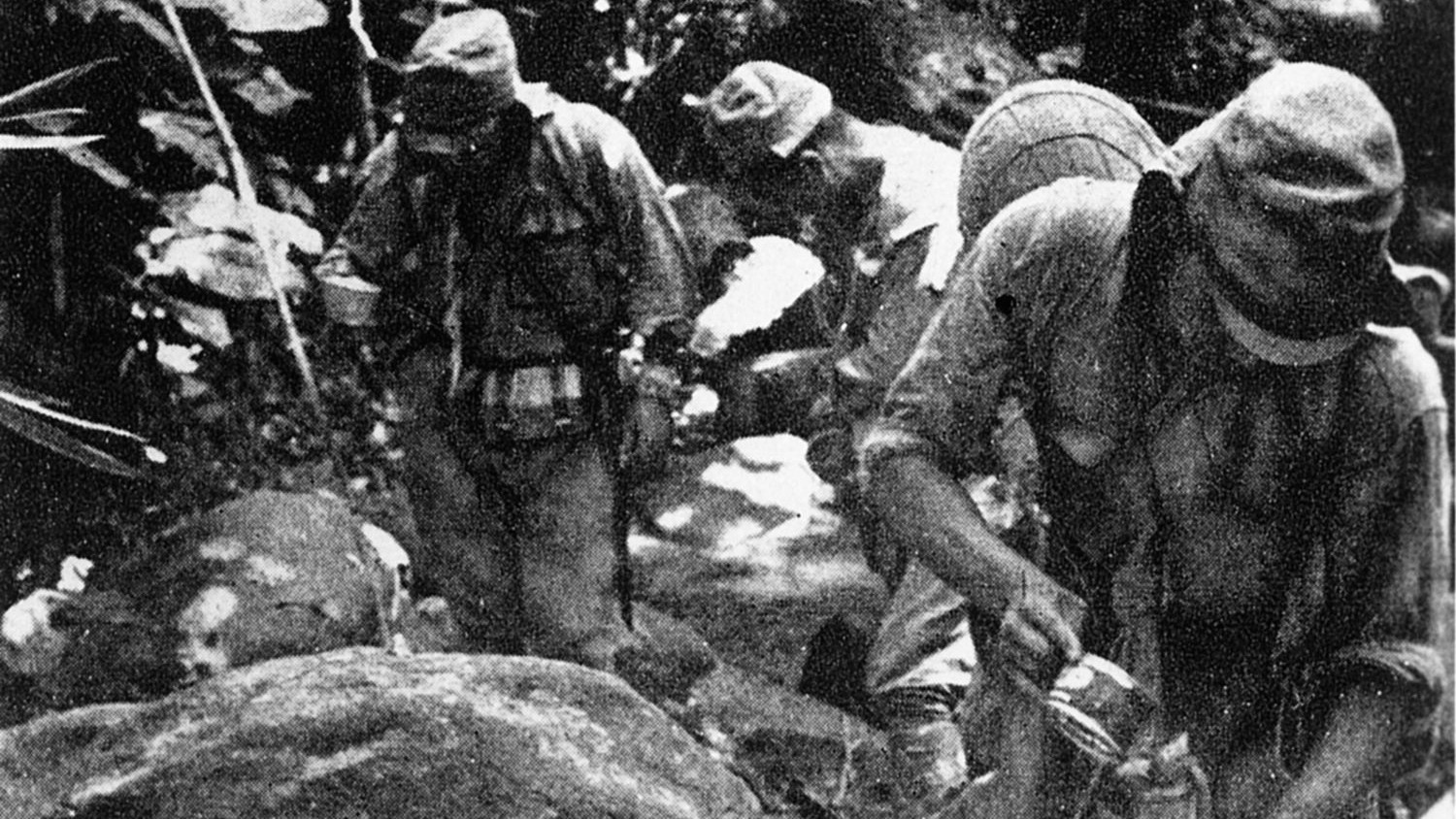
Join The Conversation
Comments
View All Comments